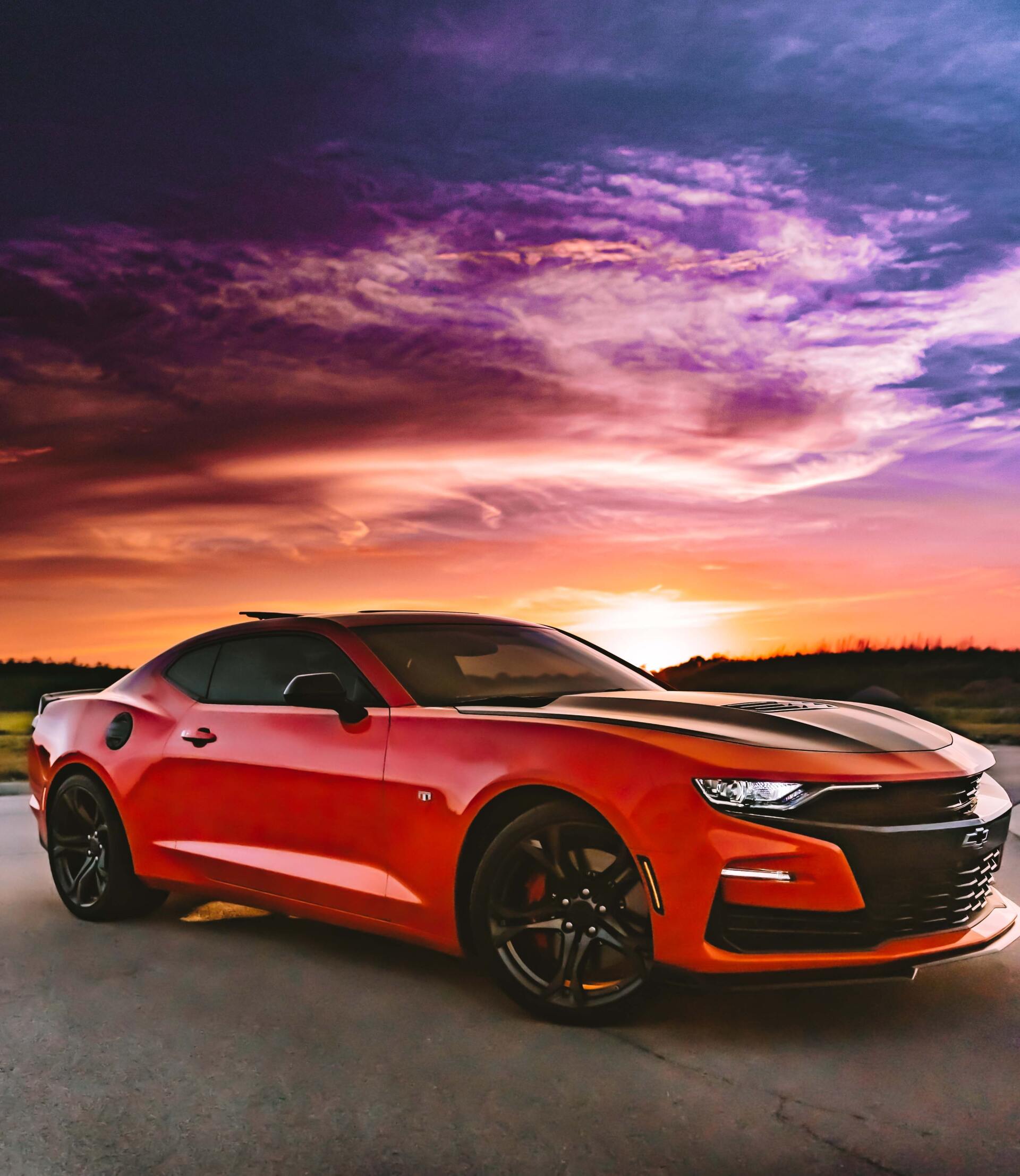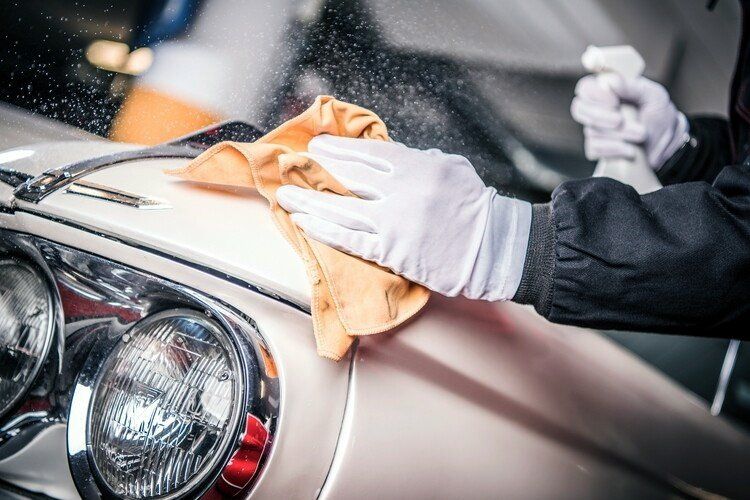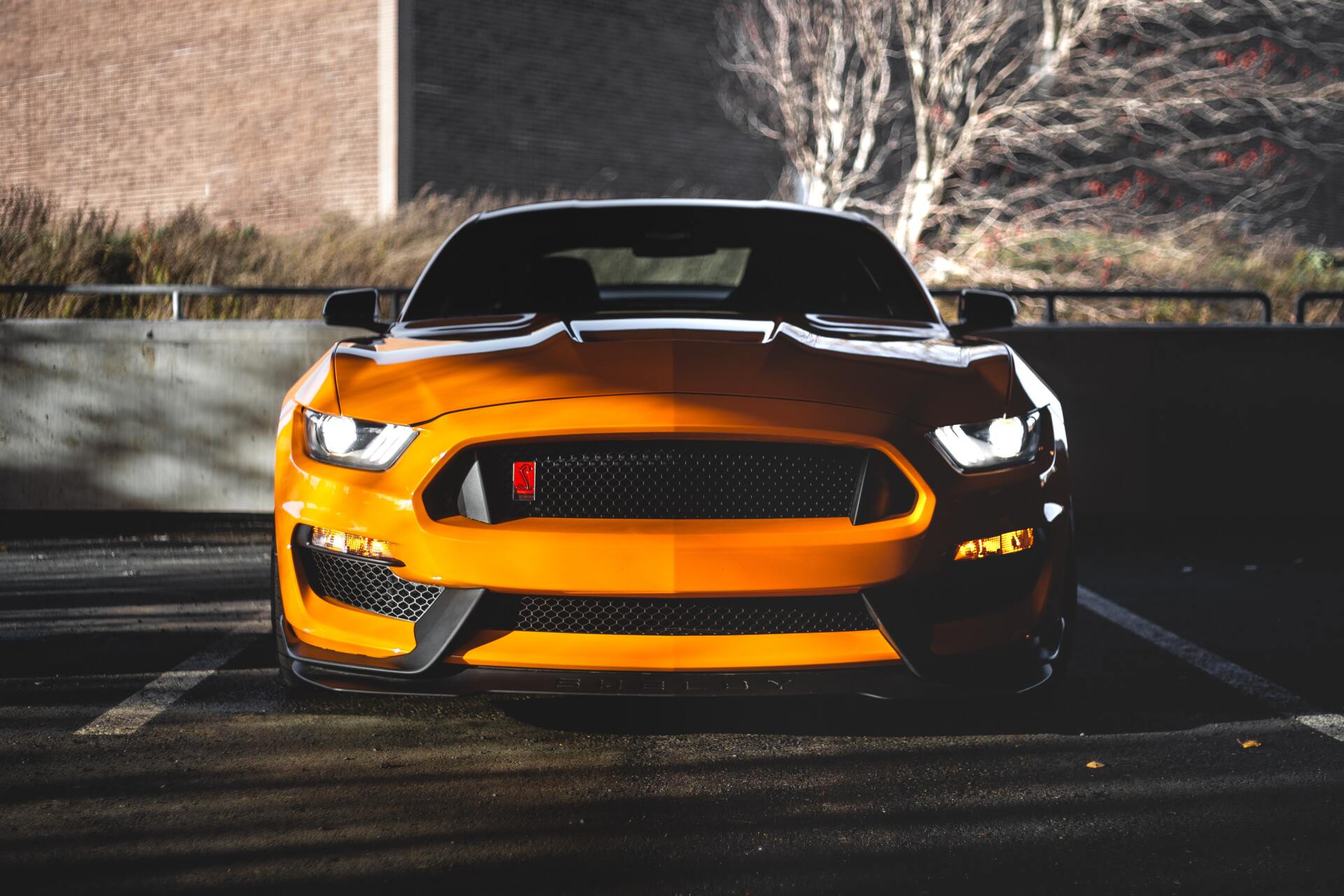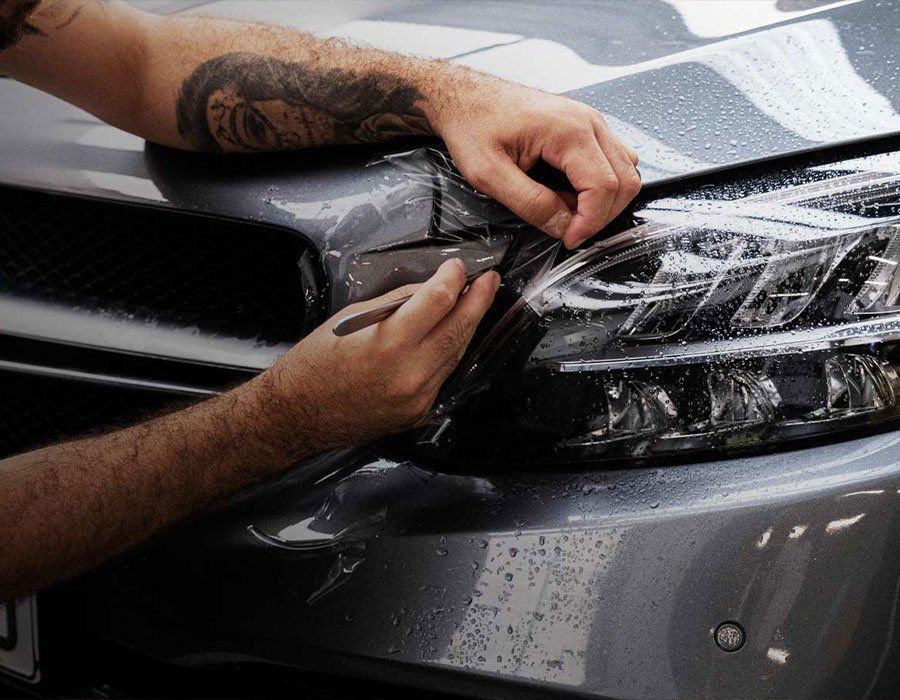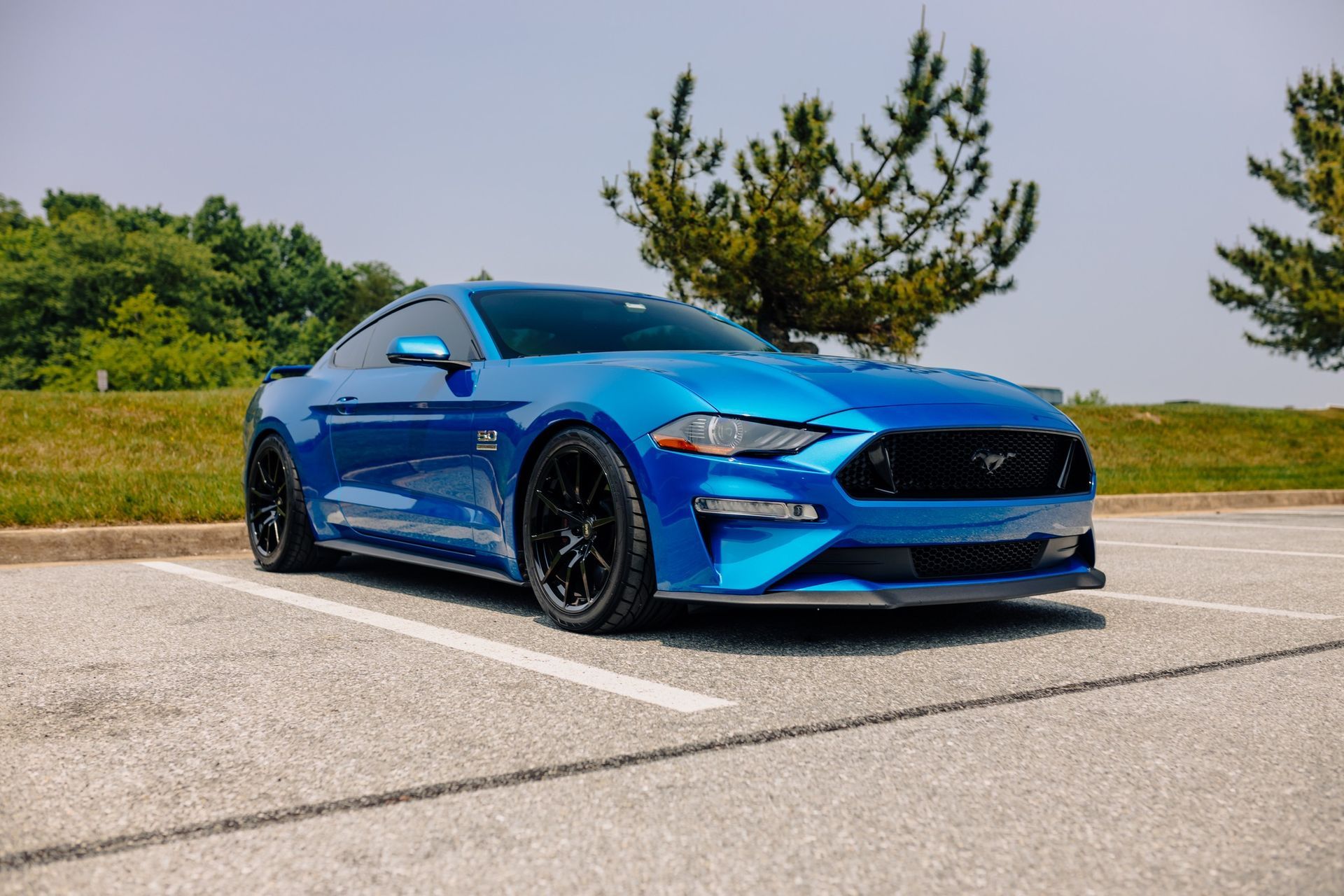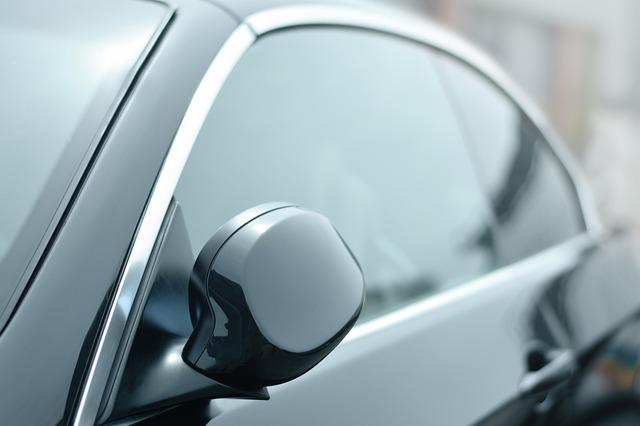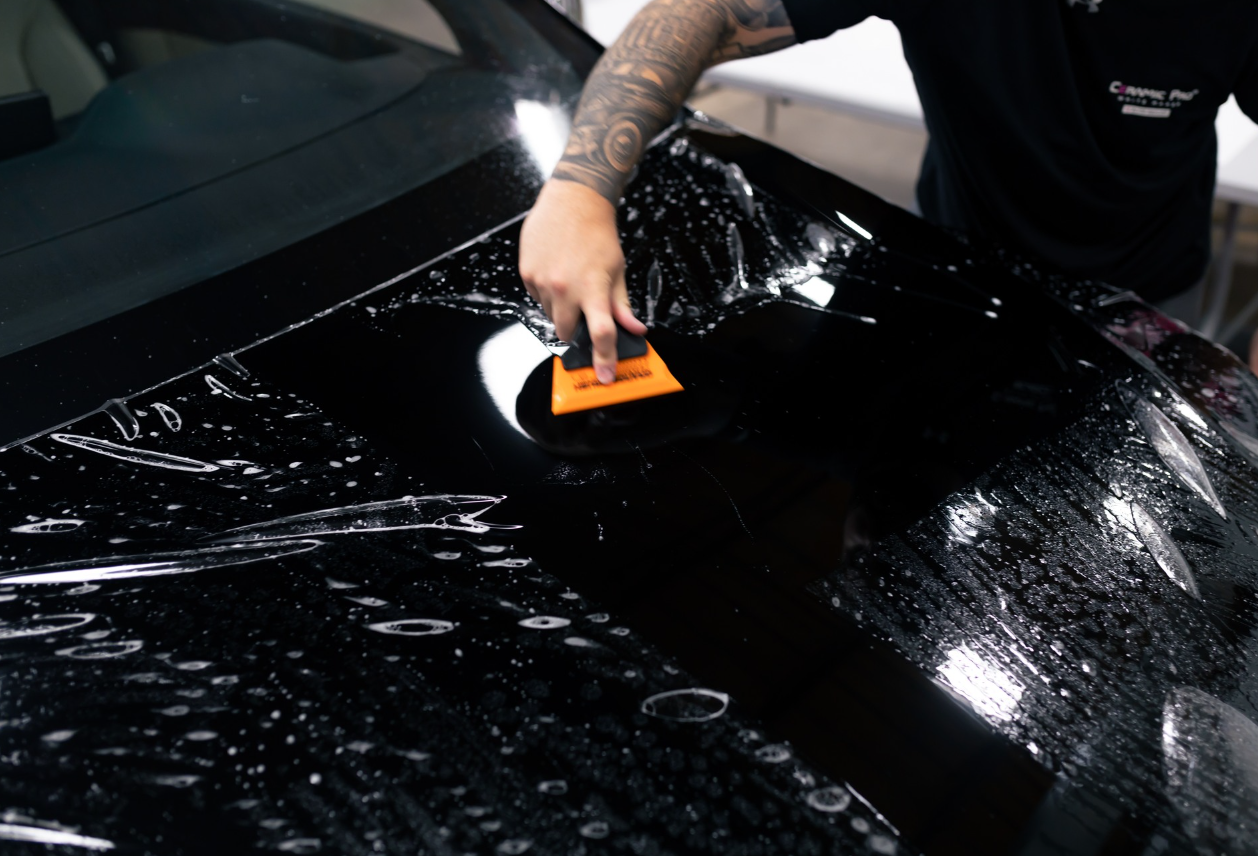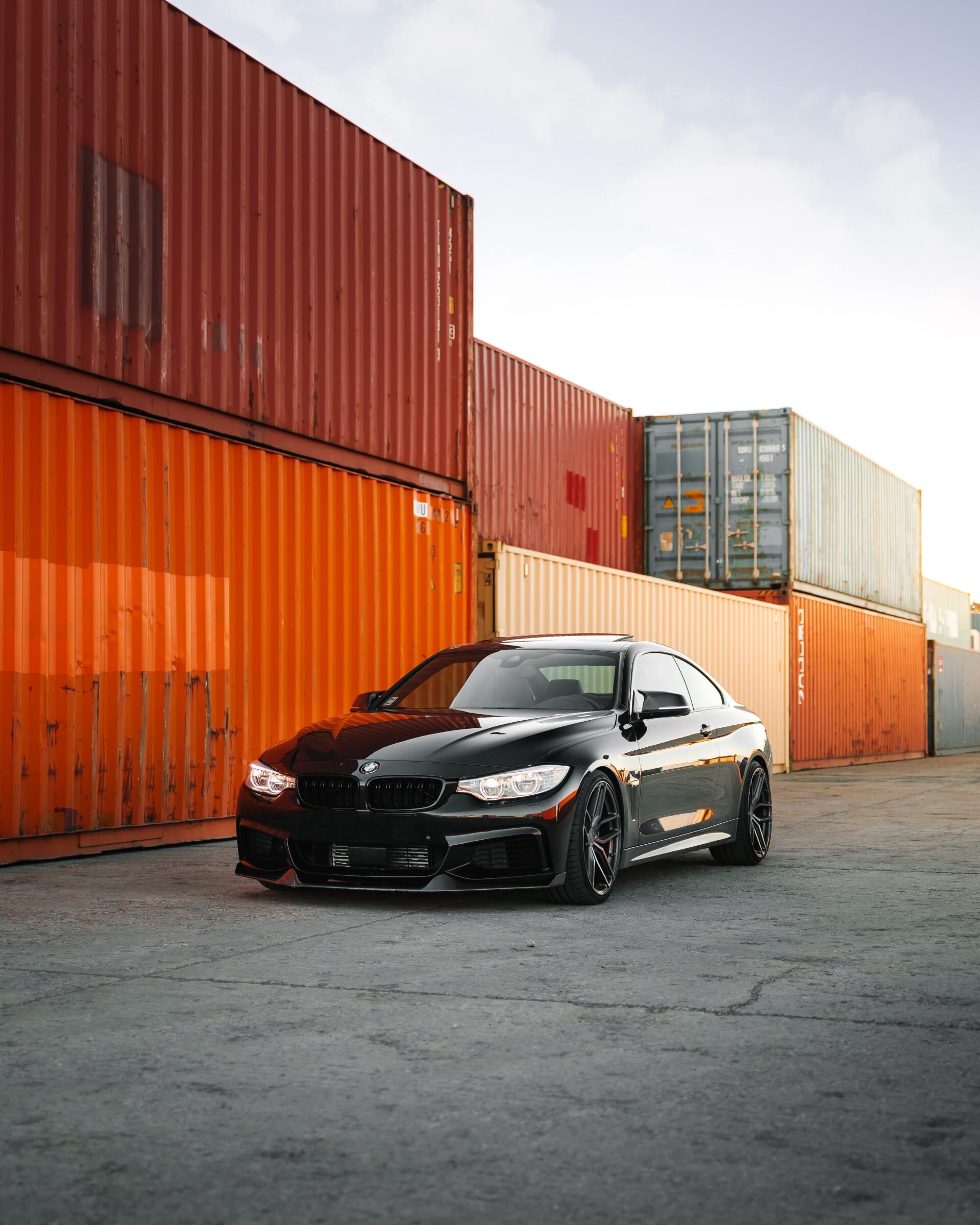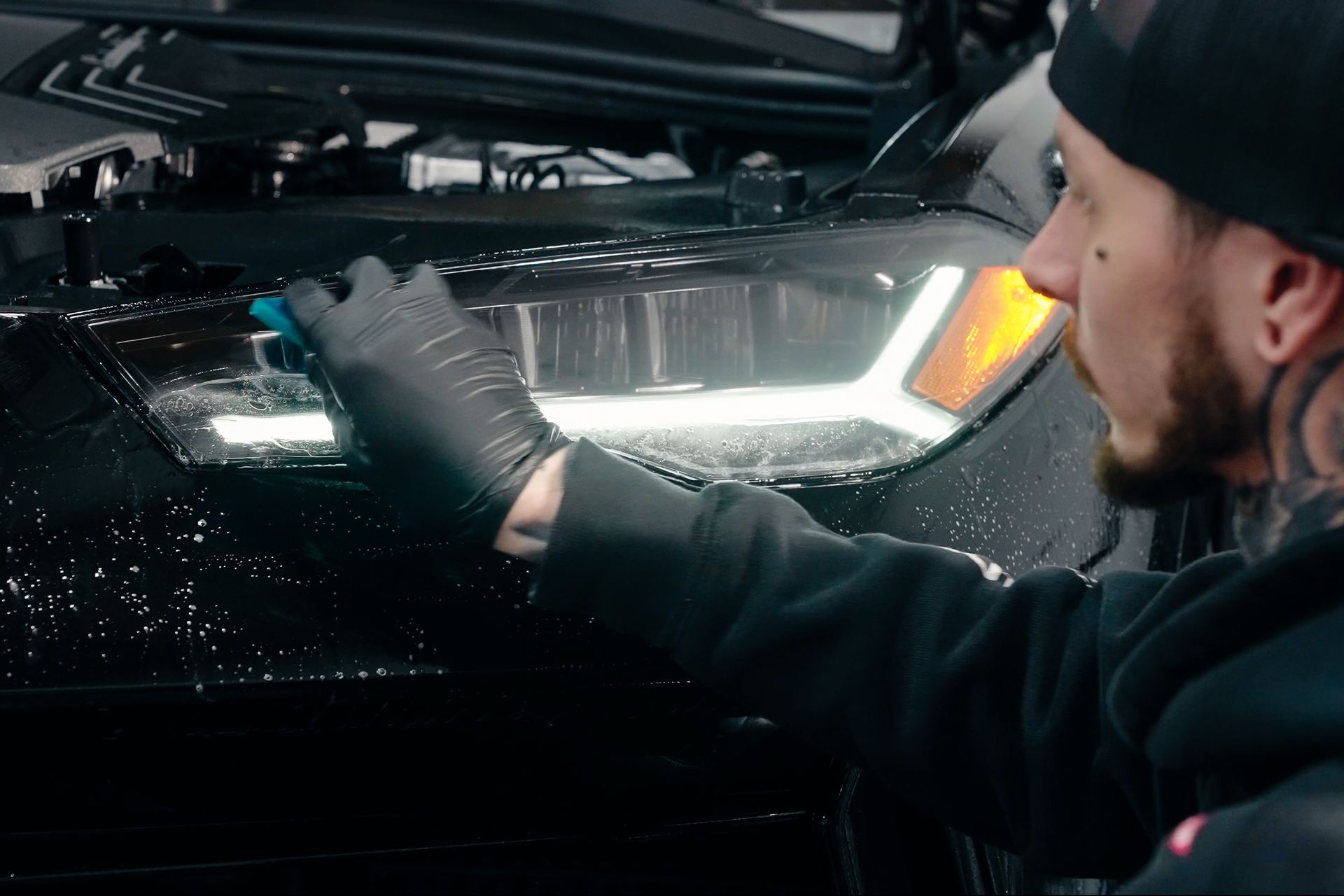Does Window Tinting Go On The Inside Or Outside Of A Car Window?
You can see what's going on outside your car through the windows, but there is a drawback to this apparent advantage. It's probably more accurate to call it the "light side," because where there's light, there's heat, which can make driving uncomfortable until the air conditioning system kicks in.
Window tinting, fortunately, is a solution developed by the automotive industry. Window tinting has been used for many years to reduce the amount of heat and light that enters a vehicle.
If you're new to window tinting, you might have some questions. One frequently asked question about window tint is whether it should be applied to the inside or outside of the window. This is important to understand because if you want your tint to last a long time, you must avoid scratching or dirtying it.
However, tinting car windows is not a do-it-yourself project; it is preferable to hire a professional to install window tint because they have the necessary skills and tools.
This article covers all aspects of window tinting, including answers to frequently asked questions such as "Does Window Tinting Go On The Inside Or Outside Of A Car Window?" Continue reading!
What Is Window Tint?
The process of tinting a car window entails applying a thin film to the inside face of the window. This film is typically composed of a polyester base and other additives. Because different people have different tastes and preferences, the reasons for respecting window tint may differ from person to person.
Contrary to popular belief, window tinting is used for more than just blocking out light from the outside. Window tinting can also help to improve the appearance of the vehicle, increase privacy, block harmful UV rays, reduce nighttime glare, and keep the interior of the vehicle cooler.
How dark is the allowable tint shade?
Tint shade limits are set due to security concerns due to the often dark shade of window tint. The type of window tint used, as well as the number of options on the market, will determine how dark or light the shade is. The maximum tint shade permitted varies by state, but in Maryland, the legal minimum is frequently 35%.
What is window tint made of?
Window tints are high-quality stickers or films with excellent reflectivity. Its basic foundation is a very thin polyester base film with a scratch-resistant coating. To improve the tint film's additional capabilities, additives such as dyes, metallic, ceramic, carbon, crystalline, or hybrid materials are used.
How long does window tinting on a car last?
The type of window tint has an effect on how long it lasts, but there are also other factors to consider. Poorer quality window tints, on the other hand, typically have a shorter lifespan. The lowest-grade dyed window tints, for example, have a lifespan of up to five years. Higher-quality tints, such as metallic tints, can last for at least ten years if properly installed and maintained, while ceramic, carbon, and crystalline tints have lifetime warranties.
Can I tint my car windows myself?
Window tinting is a complicated process that requires the assistance of a professional. However, because DIY kits are available, some people prefer to do it themselves. Even with clear instructions and recommendations to guide you, doing it yourself is not recommended.
Instructions and guides are useless if the person performing them lacks technical expertise and experience. As a result, doing it yourself carries some risks associated with poor tint installation quality, which can lead to early problems. Another disadvantage of doing it yourself is the cost of purchasing new materials and reinstalling them.
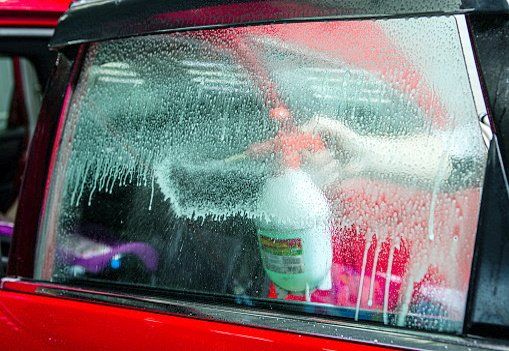
So, where should you apply a car window tint?
The simple answer is that window tint is typically installed on the interior of your car's windows. This is because inside window tinting protects your windows' exteriors from all of the things that can harm them. You won't have to worry about rocks scratching or road grime obscuring the tint when you tint the inside of your windows.
That is not to say that window tint has never been installed on the outside of a vehicle. While window tinting can be installed on the inside or outside of a window, any skilled tint technician will install it on the inside to avoid unnecessary wear and tear.
How Much Does Window Tinting Cost?
Window tinting costs vary based on the size of the windows and the kind of film utilized. Tinting all of a car's windows costs roughly between $100 and $200.
Why Does Tint Go Inside A Car Window?
This is primarily intended to prevent tearing or damage to the tint. The inside of the window is typically tinted, which is done to ensure that it lasts as long as possible without breaking. Because glass absorbs some heat on its own, the tint is primarily applied to the interior of the glass to protect it from direct sunlight.
A window tint is made up of a very thin polyester layer that serves several purposes. Many people believe that tinting the outside of the vehicle will help reduce the view from the outside to the inside. This is not always true; it is dependent on whether the tint is reflective or non-reflective.
Non-reflective tint allows visibility from both inside and outside the vehicle, whereas reflective tint prevents anyone on the outside from seeing anything inside. To be safe, all you need to do is follow your state's window tinting regulations.
Installing tint on the interior protects your tint from being scratched or damaged by the elements outside, as well as from sun damage.
Is It Possible To Apply Tint To The Outside?
The tint can be applied to the outside of the window in the same way that it is applied to the inside. So, why does the tint mostly penetrate the interior? As previously stated, this is done to protect the tint from exposure to the elements.
How Do I Apply Window Tint?
While installing window tint is not difficult, it does necessitate some patience. For the film to adhere properly, the glass surface must first be cleaned. The film must then be cut to size and applied to the window.
Use a squeegee to remove any air bubbles after you've applied the film.
What Are the Advantages of Window Tinting?
Tinted window films, according to the International Window Film Association, can reduce solar heat absorption by up to 85% while blocking 99% of the sun's damaging UV rays from entering the glass.
Aside from blocking UV rays, window tinting can provide a number of safety and security benefits. After an accident, window tinting can reduce the amount of broken glass or hold it in place. Tinted windows can deter thieves in addition to concealing or obscuring items left in your car. (However, if you're pulled over by a cop, turn down your tinted windows.) They won't want to go on the offensive if they can't see in, and you won't either.)
What Are You Not Allowed to Do After Tinting Windows?
It is not permitted to tint the windows if doing so makes it difficult for the driver to see outside. The film should be applied in such a way that the driver can see clearly.
Furthermore, you are not permitted to tint the front windshield or side windows. This is due to the fact that the tint may impair the driver's ability to see outside. Furthermore, you are not permitted to tint the back glass if doing so prevents the driver from looking out the back window.
Conclusion
Tinted windows, among other advantages, can help keep the interior of your car cool. They may also help to improve security and privacy. Although window tinting can be applied to any side of the window, it is most commonly done on the inside. External applications may cause the quality to deteriorate and render it useless over time.
Looking To Get Your Tint Installed Perfectly In Baltimore, Maryland? Detail Solutions Baltimore Is Here To Help!
Regardless of the type of tint you choose or how much you're willing to spend, it's always safer to hire a professional window tint installer.
Detail Solutions is the place to go for high-quality window tinting services. KAVACA window tint film from Ceramic Pro is professionally installed by us.
Our KAVACA films are installed by window tinting professionals. Due to years of experience and a commitment to quality, you can expect the best performance from your vehicle's new window film. Even better, KAVACA window tint is backed by a lifetime warranty, so you won't have to worry about it bubbling, peeling, or fading over time.
For vehicle window tinting services in the Baltimore area, contact Detail Solutions today!


